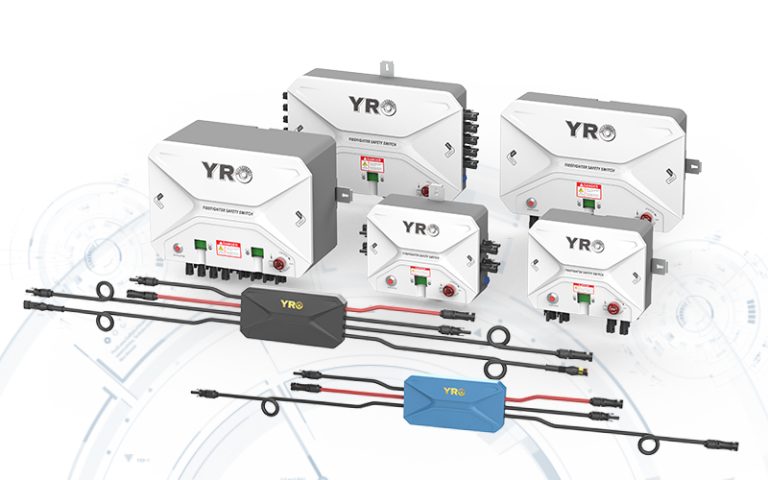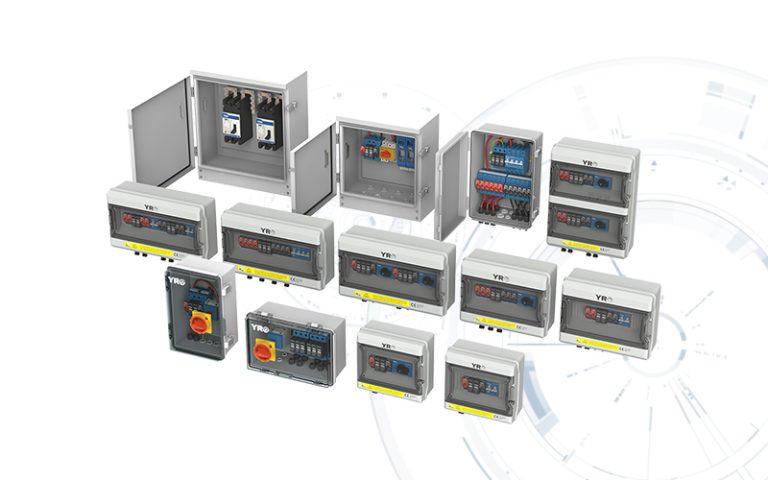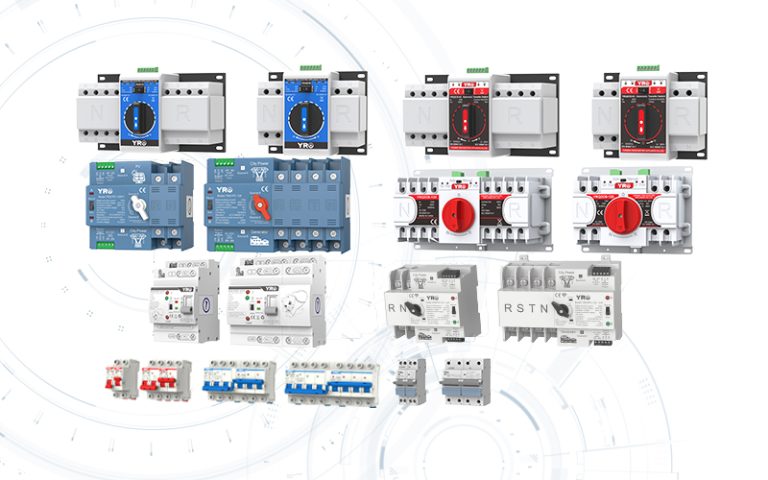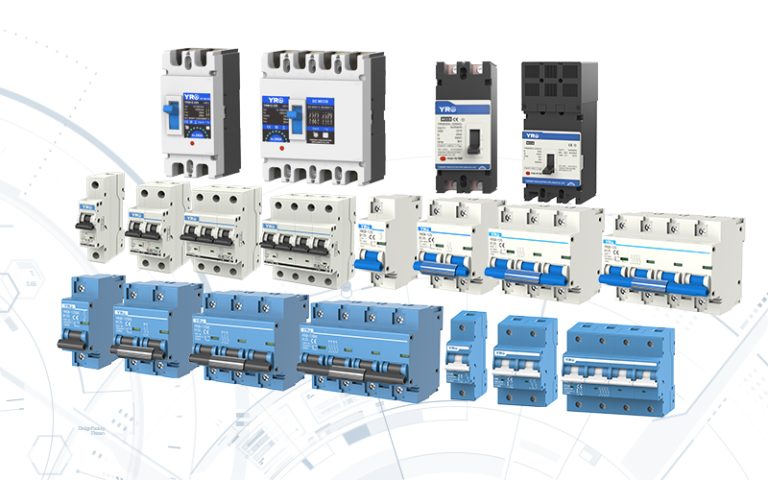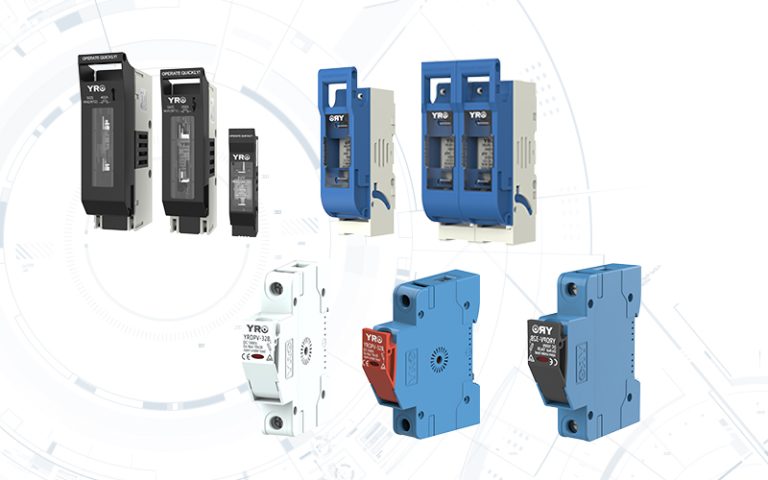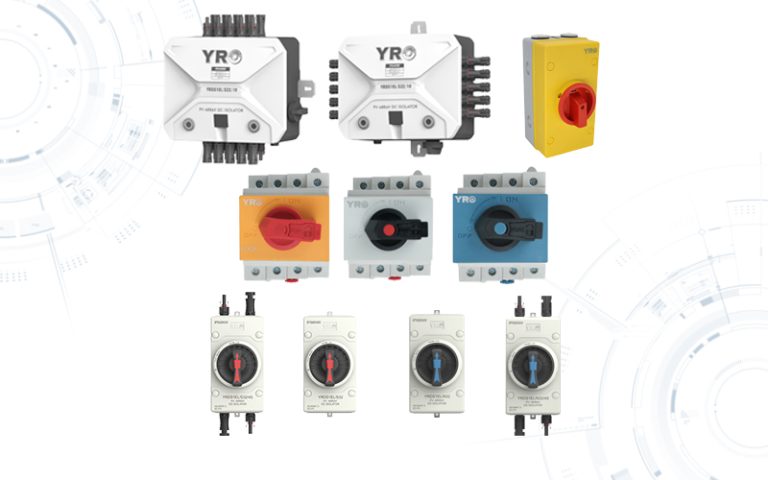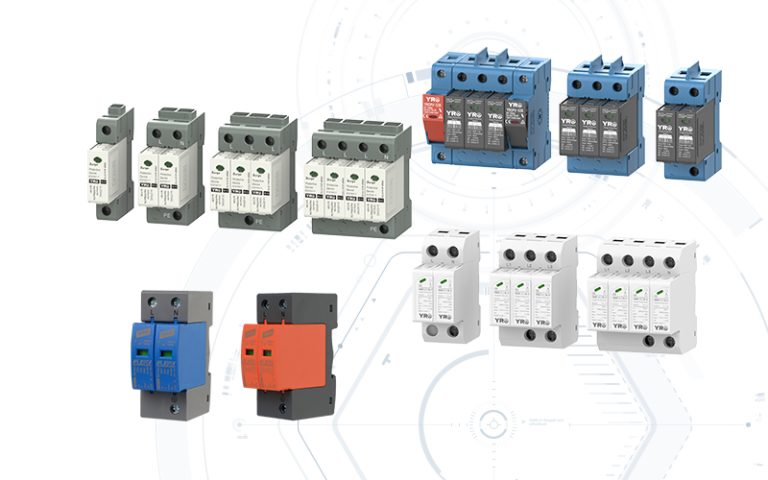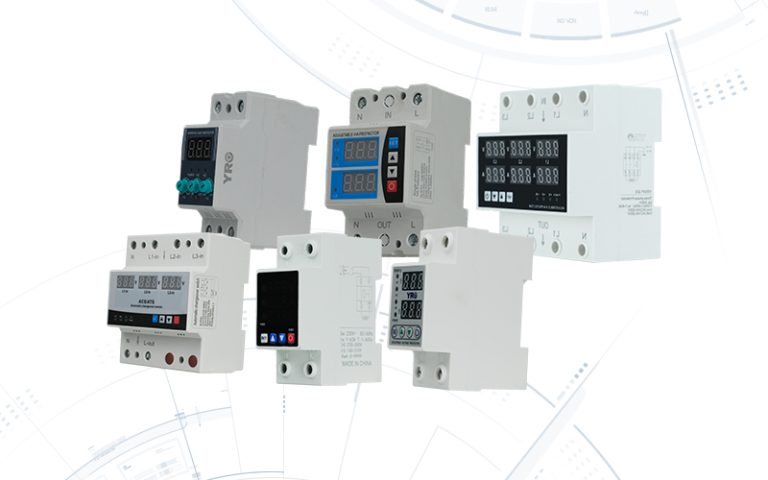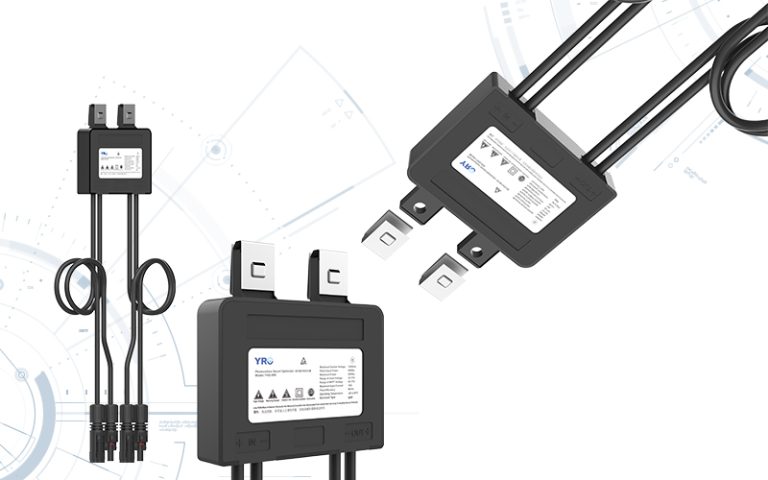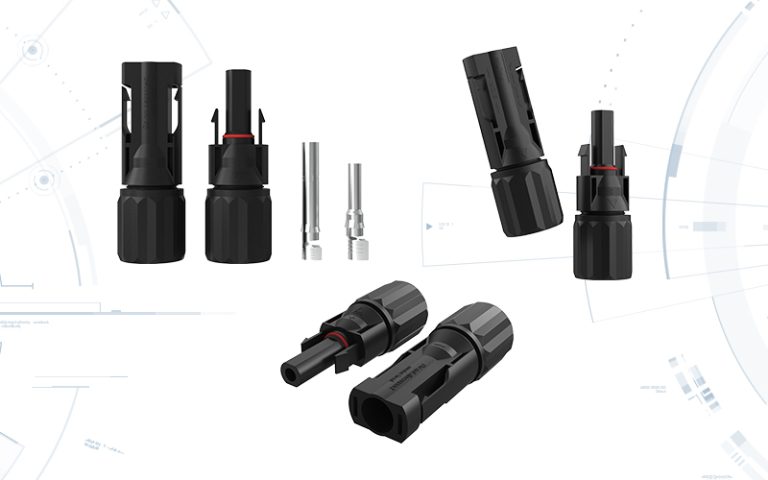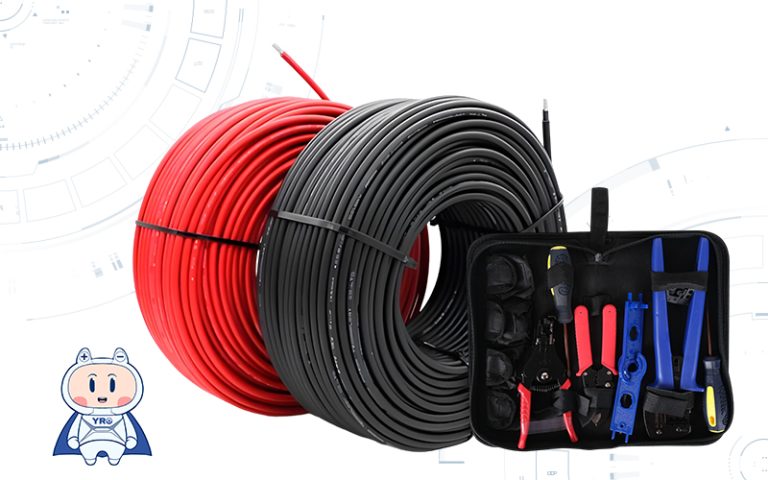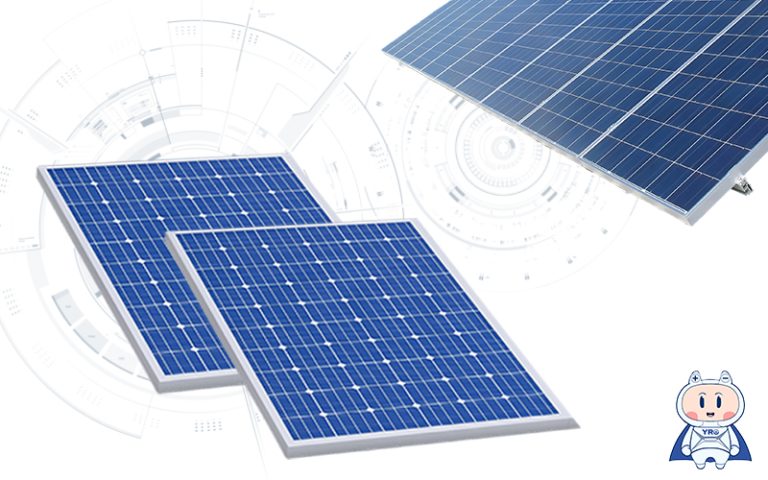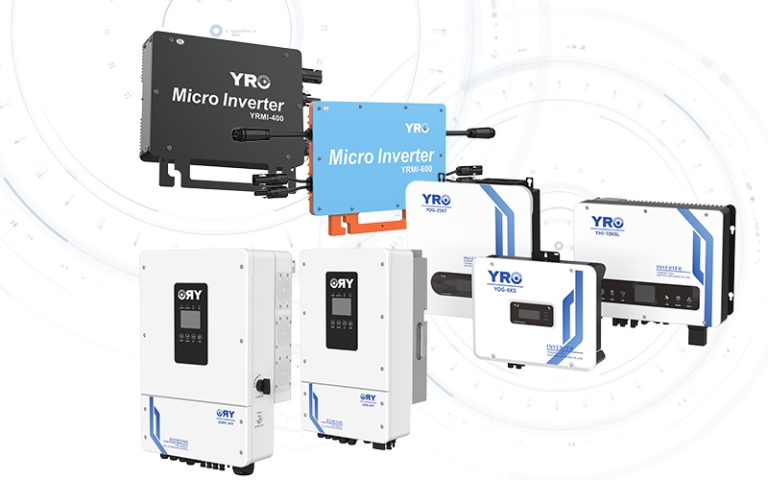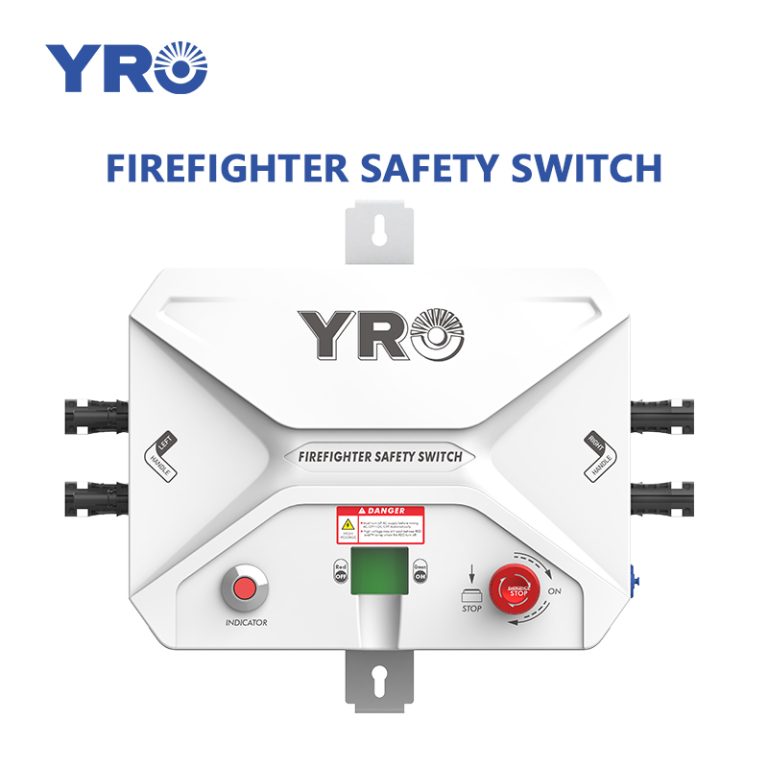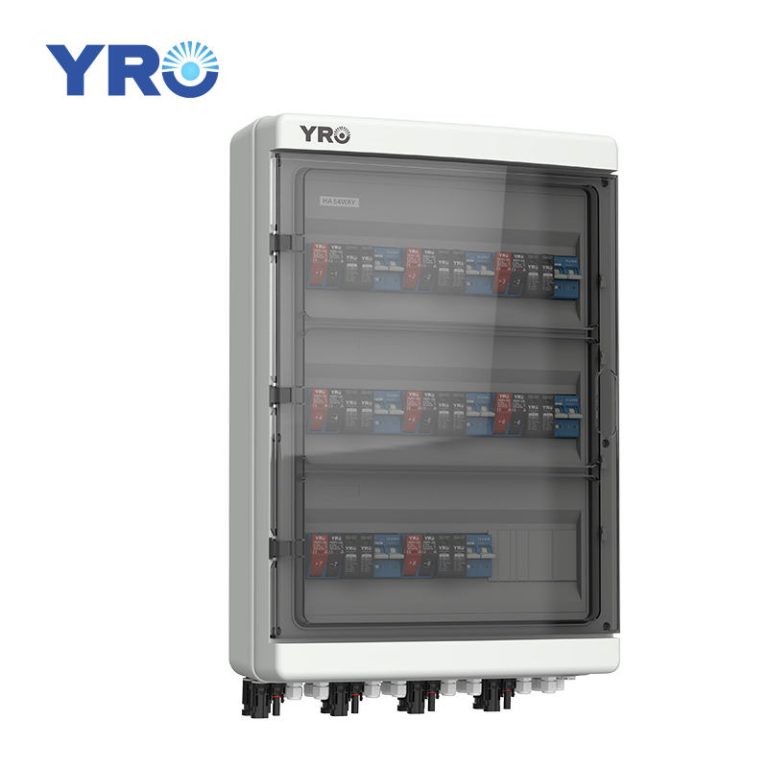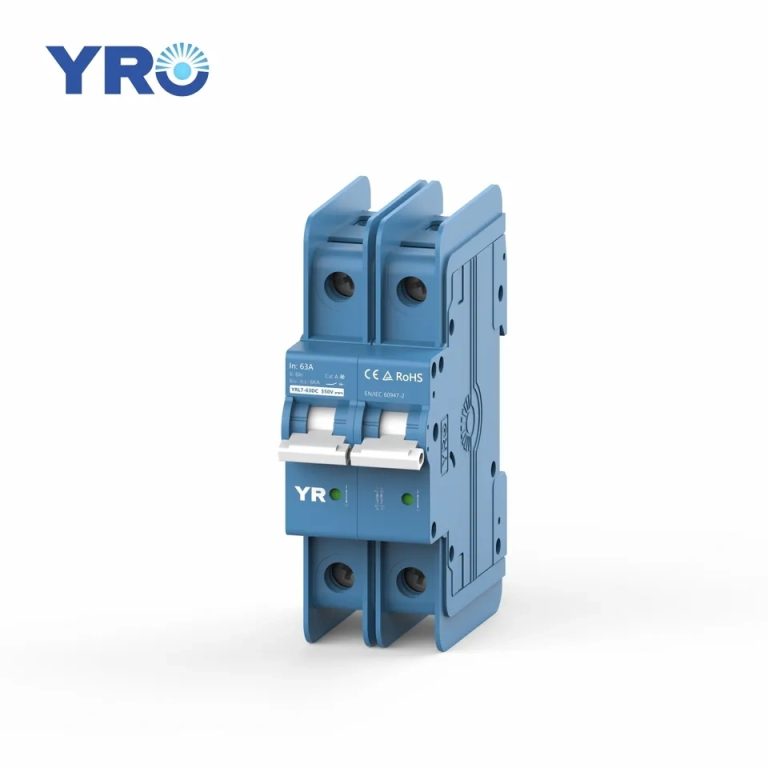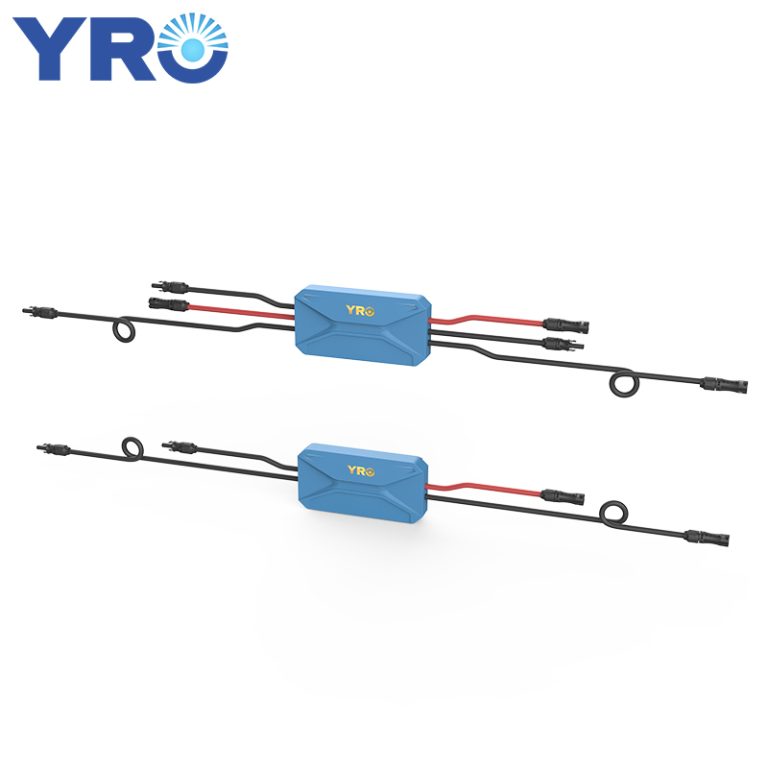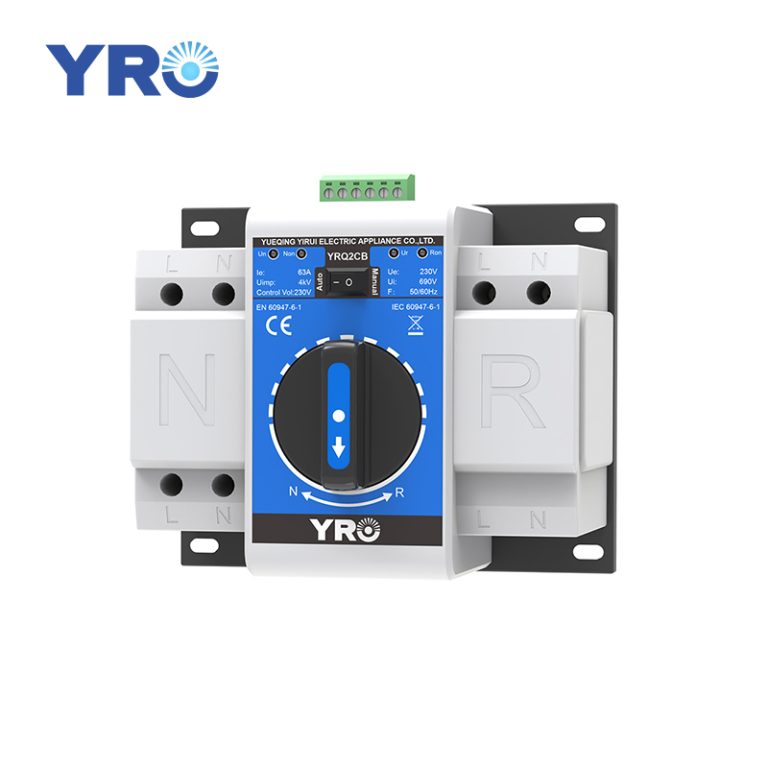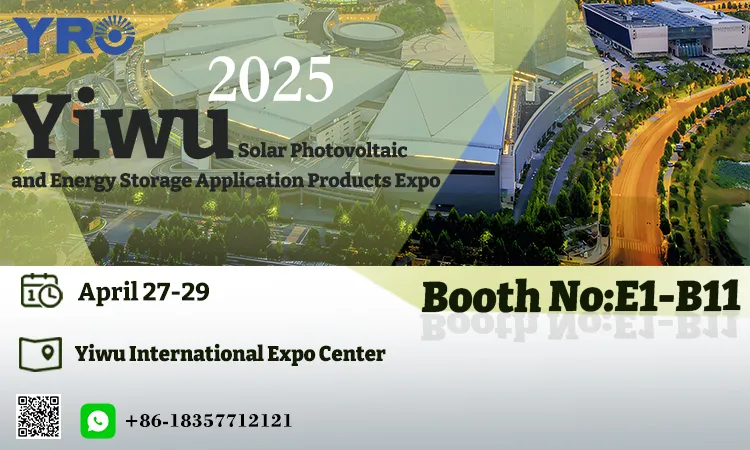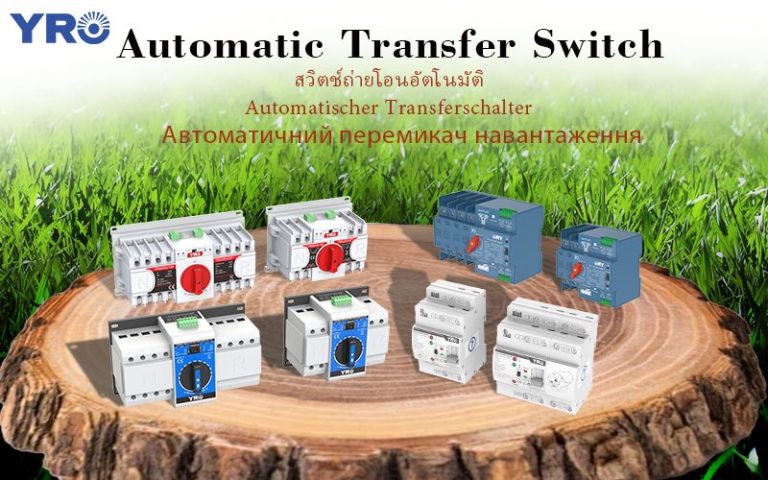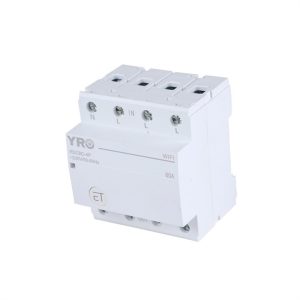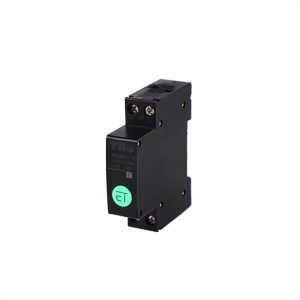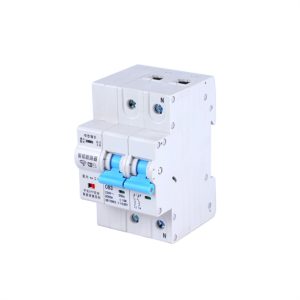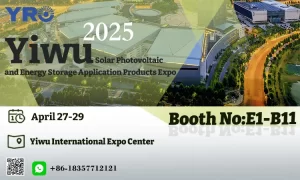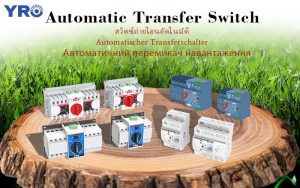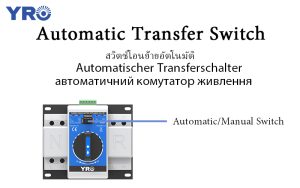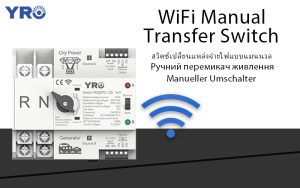What Is an Automatic Transfer Switch for a Generator?
In modern society, electricity has become an indispensable part of our daily lives and industrial production. Especially in critical application scenarios such as hospitals, data centers, and industrial production lines, the reliability of power directly affects life safety and economic losses. Therefore, ensuring the continuity and stability of the power supply is of paramount importance. To address this need, the Automatic Transfer Switch (ATS) was introduced. This article will provide an in depth exploration of the definition, function, types, and working principles of generator based Automatic Transfer Switches, helping readers to better understand this essential power device.
What Is an Automatic Transfer Switch for a Generator?
A generator based Automatic Transfer Switch is a device designed to automatically switch to backup generator power when the main utility power fails. It continuously monitors the status of the main power supply, and when a failure, overload, or abnormal voltage is detected, the ATS immediately starts the backup generator and transfers the load to it. Once the main power is restored, the ATS automatically switches back to the primary power source, ensuring continuous power supply.
Generator based ATS is primarily used in places that require uninterrupted power, such as hospitals, data centers, commercial buildings, factories, and critical infrastructure. These locations have extremely high demands for power reliability, and the generator based ATS ensures rapid power transfer to maintain the normal operation of equipment.
What Is the Purpose of an Automatic Transfer Switch?
The main functions of an Automatic Transfer Switch (ATS) include:
1、Ensuring power continuity
The ATS automatically switches to the backup generator power when the utility power fails, ensuring the continuous operation of critical equipment and systems, preventing losses caused by power outages.
2、Enhancing equipment safety
By continuously monitoring the utility power status, the ATS can effectively prevent damage to equipment from electrical faults such as overvoltage, undervoltage, or phase loss. Its built in protection features allow it to cut off power in abnormal conditions, safeguarding the safety of electrical devices.
3、Reducing the need for manual intervention
The ATS performs power switching without the need for manual intervention, reducing the reliance on human resources. This is particularly valuable in large facilities and complex power systems, where automation significantly improves efficiency.
What Are the Types of Automatic Transfer Switch?
1、Based on application scenarios, the automatic power transfer switch can be divided into generator based and photovoltaic based types:
– Generator based: The generator based automatic power transfer switch for generator typically has dual power inputs from the utility grid and the generator. Its primary function is to automatically start the generator and switch the load in case of a utility power failure, ensuring continuous power supply. This type of ATS is suited for environments with high demands for power stability, such as hospitals, data centers, and critical industrial facilities.
– Photovoltaic based: The photovoltaic based ATS can have dual power inputs from the grid, a solar power system, and energy storage batteries. It not only switches during utility failures but also intelligently manages solar power, prioritizing solar energy usage and switching to grid or generator power when solar power is insufficient. This type of ATS is ideal for photovoltaic applications, particularly in residential and commercial solar projects.
2、Based on internal components, the automatic power transfer switch can be classified into CB type and PC type:
– CB type: The CB type ATS is equipped with a circuit breaker, providing current protection and short circuit protection. During power transfer, this ATS can quickly disconnect the faulty circuit, ensuring system safety.
– PC type: The PC type ATS features a built in isolation switch, which allows for safe isolation of the circuit during equipment maintenance and repairs, effectively preventing accidental electric shocks or equipment damage. Additionally, the built in isolation switch makes operation more convenient for users, eliminating the need for a separate isolation switch, which saves space and reduces installation costs.
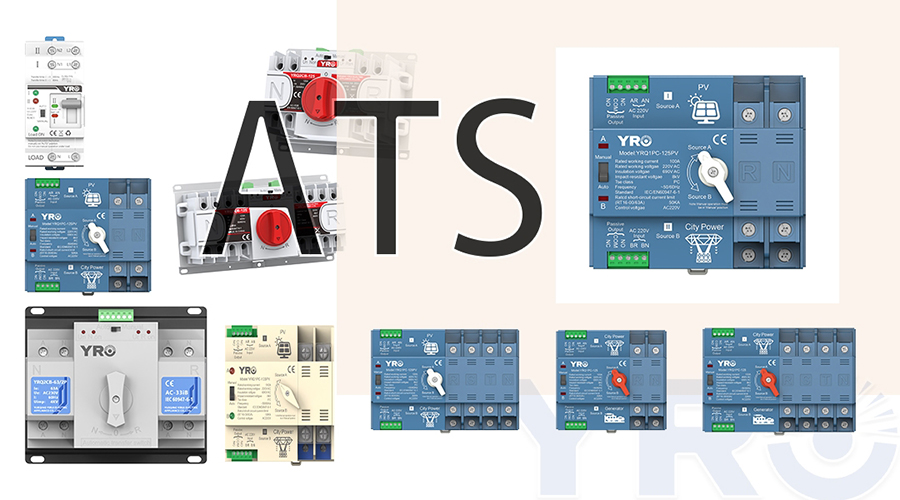
When choosing an automatic power transfer switch (ATS), the combination of application scenarios and internal components is a key factor that determines its performance and reliability. For different application needs, YRO has introduced the PC level ATS, a highly efficient product available in both generator based and photovoltaic based models. It meets a wide range of power management requirements, offering excellent safety and suitability for various scenarios.
Why choose the YRO PC level ATS?
1、Flame retardant housing, heat resistant, non flammable
The YRO PC level ATS uses flame retardant material for its housing, capable of withstanding high temperature environments. It remains non flammable even during extended operation, significantly enhancing the safety of the product. Whether used in high temperature industrial environments or in settings that require heat protection, this ATS delivers outstanding performance.
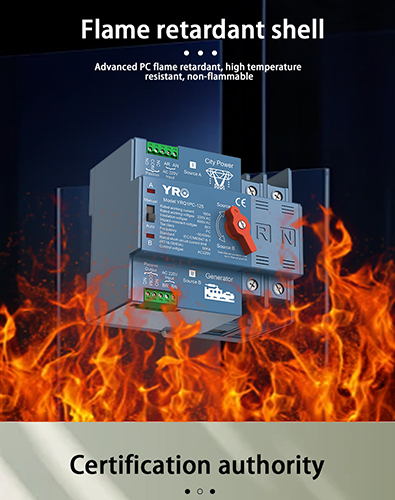
2、Certified for quality assurance
This ATS has passed multiple international certifications, such as the ISO Quality Management System and CE certification, ensuring compliance with strict safety and performance standards. The high quality manufacturing process and internal components of the YRO PC level ATS guarantee a long service life and stable operation.
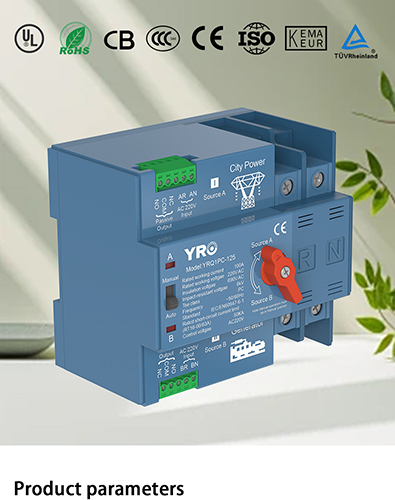
3、Applicable to multiple scenarios
The flexible design of the YRO PC level ATS makes it suitable for a variety of power scenarios. Whether used in a generator backup system or a solar power system, this ATS ensures smooth power switching and continuous supply. It is an ideal solution for hospitals, data centers, industrial plants, and commercial buildings.

